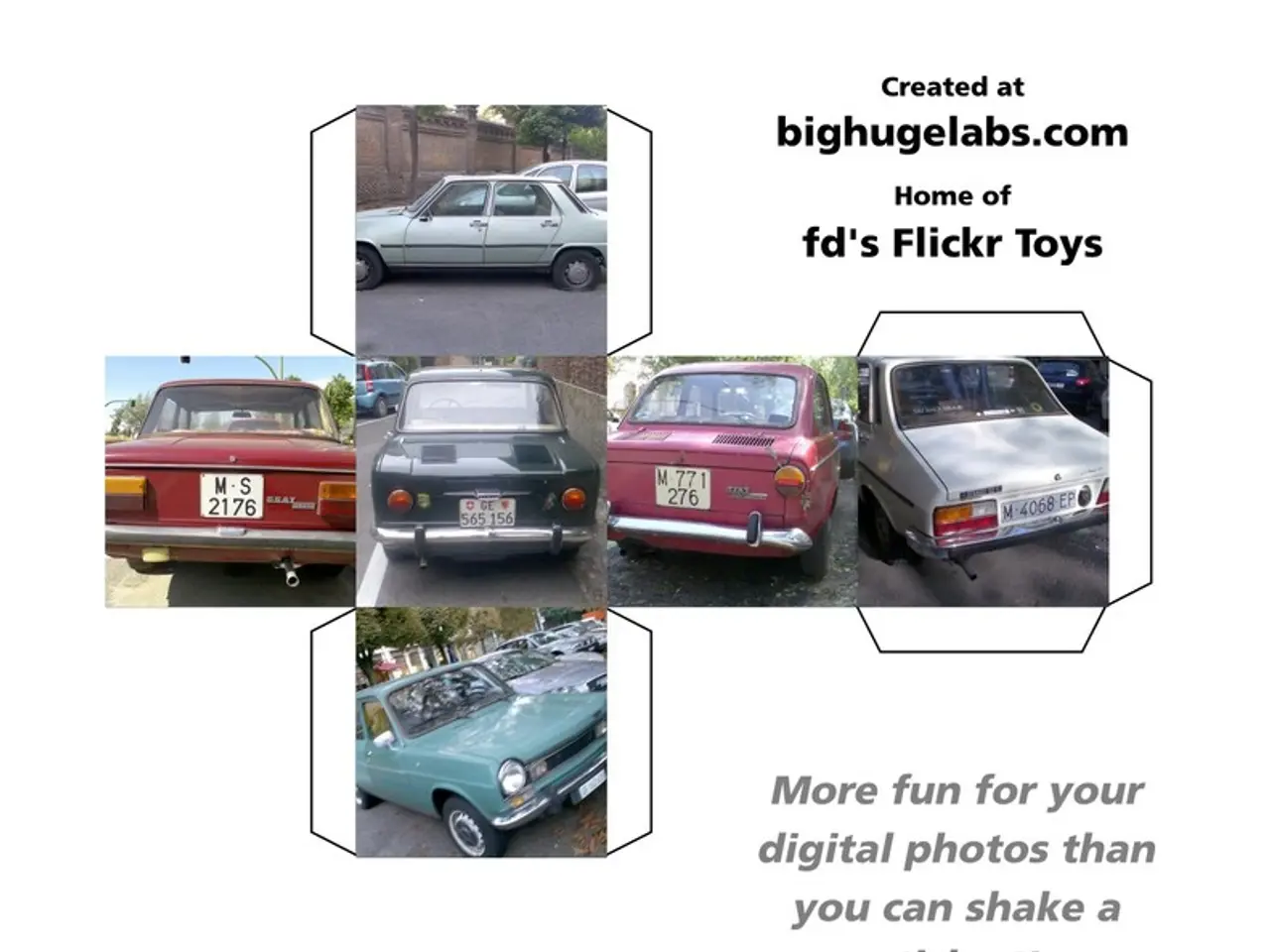Explain the Functionality of Okta Workflows in Identity Automation Through AI
In the digital age, efficient communication is key. Okta Workflows, a no-code automation platform, provides a solution to streamline onboarding processes by automating post-user-creation notifications. This article will delve into how this automation works, its benefits, and how it can be utilised.
The Okta Workflows flow is triggered by the "Okta-User Created" event. Once a new user is created in Okta, the workflow springs into action. It reads relevant user attributes, such as username, email, or custom profile fields, to personalise the ensuing messages. Based on the gathered data, it constructs a message that is both informative and contextually relevant.
This message is then sent out through two channels: email and Slack. Designated recipients, such as IT admins or HR contacts, receive an email notification. Meanwhile, teams are alerted in real-time via a Slack message sent to a specified channel or user.
The workflow's design can be exported as a JSON or other format for reuse or version control. Furthermore, AI agents like ChatGPT, Gemini, or Claude can parse this export to generate human-readable descriptions or assist in further automation design.
Max Katz, a Staff Developer Advocate for Okta Workflows, has been instrumental in demonstrating the power of this platform. With a background in leading developer advocacy for cloud-based mobile app platforms, such as Appery and IBM, Max regularly shares insights on his blog at http://maxkatz.net.
For those new to Okta Workflows, the "Getting Started with Okta Workflows" page offers resources to help users get started. Okta Learning provides workflows training, while community office hours, a community forum, and email are options for asking questions about Okta Workflows. The "#our website-workflows" channel on the MacAdmins Slack is another resource for learning from the community.
Okta’s no-code workflow console specifically supports this automation, providing a visual, user-friendly environment to build, test, and deploy such flows quickly. This empowers administrative teams to automate onboarding communications efficiently, improving response times and reducing manual workload.
In summary, the described Okta Workflows flow automates post-user-creation notifications by reading user data, composing a message, and sending alerts via email and Slack. Its capabilities for exporting and AI-driven documentation or interaction make it a powerful tool for streamlining digital onboarding processes.
[1] The Okta connector or an API endpoint captures the "User Created" event trigger. [2] If a custom event hook is used to call the workflow, it captures the event trigger.
- In the described Okta Workflows flow, the cloud technology of Okta captures the "User Created" event trigger to instigate the automation process.
- Upon a new user creation in Okta, the no-code workflow console generates an identity for the user, helping to ensure accurate and efficient onboarding communications through cloud-based notifications sent via email and Slack.




